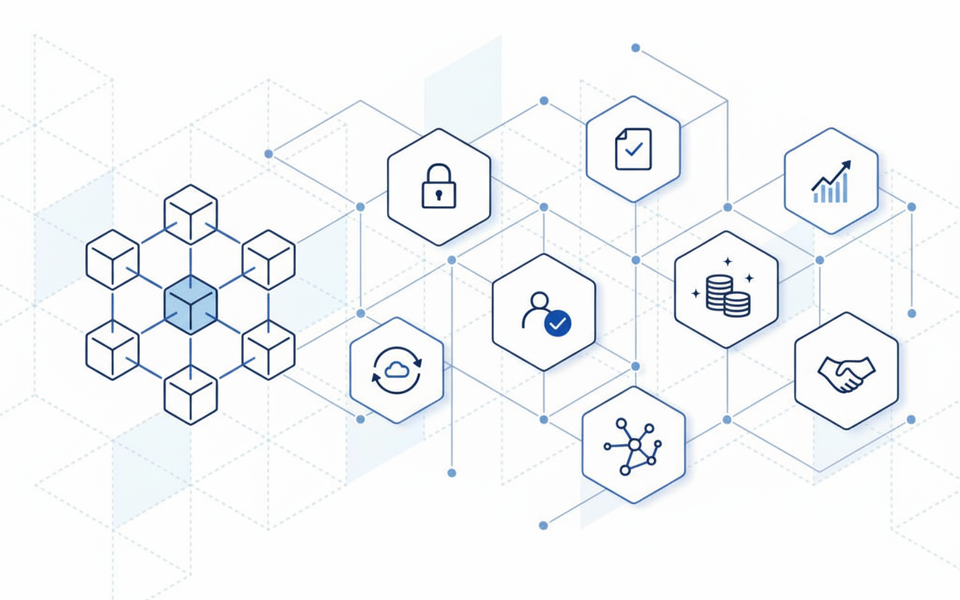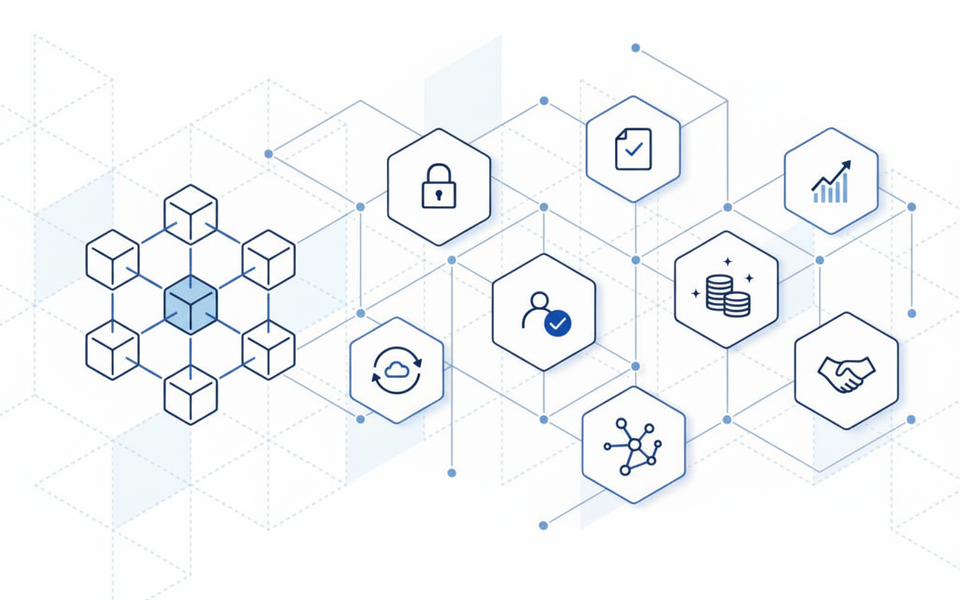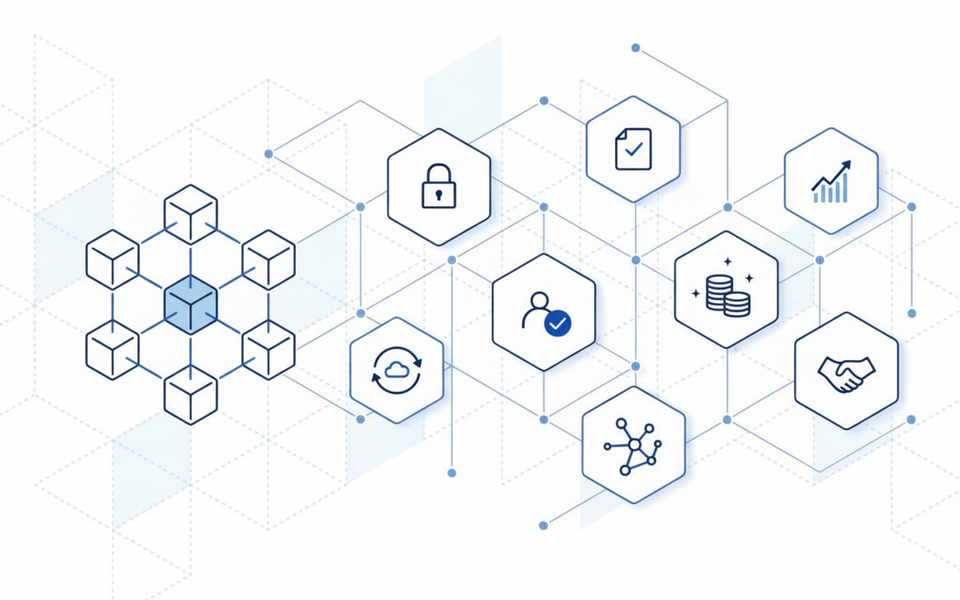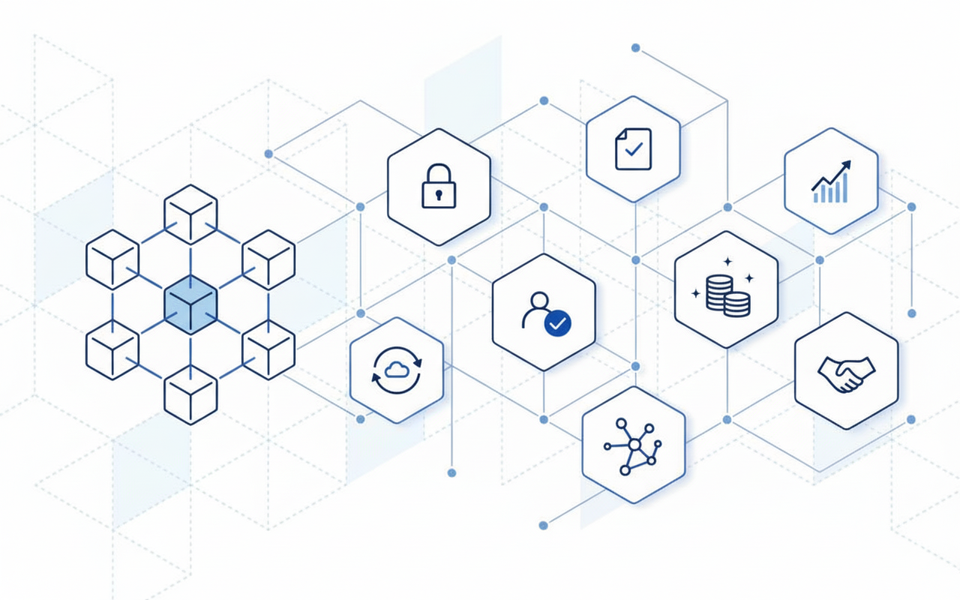Blockchain Technology: Exploring Diverse Use Cases and Navigating Core Limitations.
Blockchain systems face limits: immutability hinders evolution, lost keys cause permanent inaccessibility, and high energy use is criticised. The network also faces storage growth issues and the 51% attack threat.
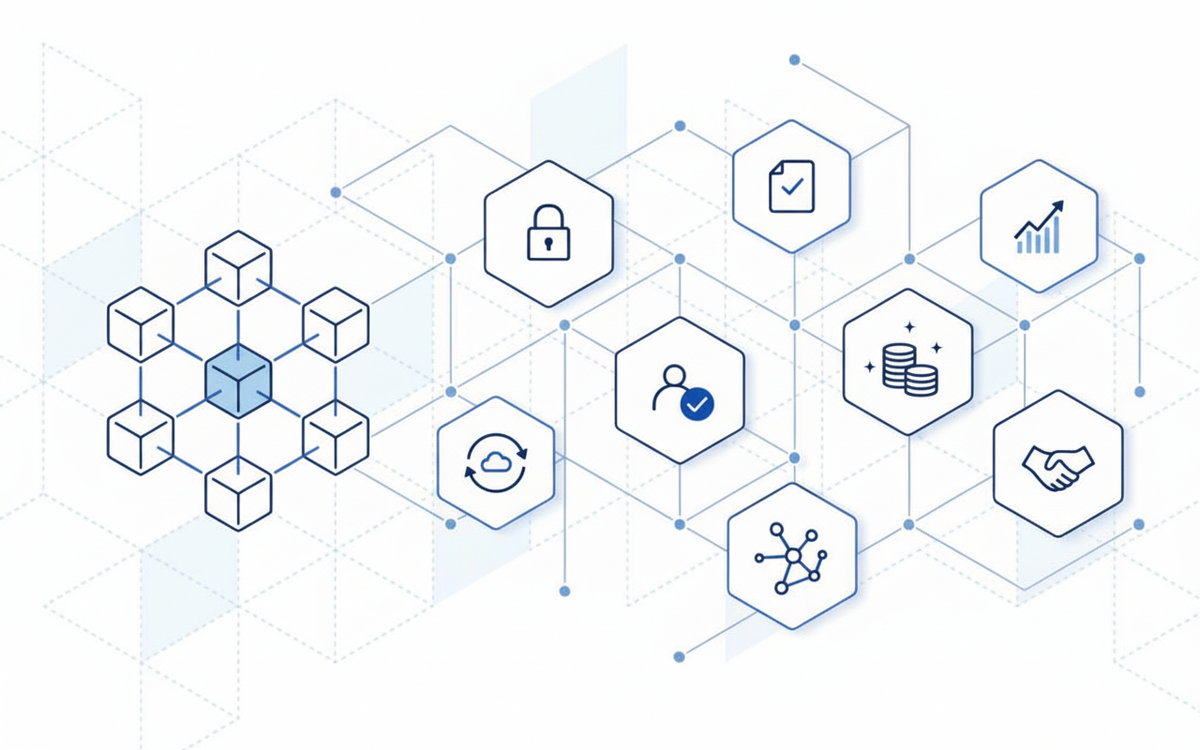

lower transaction costs, real-time data and full control over investments
The foundational concept of distributed ledger technology is straightforward yet profound: establishing a highly reliable method for storing digital records with exceptional data integrity. This allows various independent parties to rely on the same ledger as a shared source of truth. Having moved past defining the mechanics, this framework is now demonstrating its utility across a wide spectrum of essential industries.
Reshaping Global Commerce and Interaction
The practical applications of this technology promise to streamline existing processes and foster entirely new financial ecosystems:
The Future of Money Transfer: Currently, sending funds internationally often means dealing with outdated infrastructure, where processing can be slow and intermediaries levy hefty fees just for moving digital information. This new technology offers a modern alternative, enabling the rapid transfer of money while incurring low costs. This evolution is further accelerated by the emergence of Central Bank Digital Currencies (CBDCs)—the digital representation of a nation's standard fiat currency—which are poised to dramatically impact both the global financial services sector and the way remittances operate.
Empowering Decentralized Finance: Perhaps the most ambitious application is the concept of Decentralized Finance, or DeFi. This movement aims to create a completely open, inclusive, and transparent financial architecture built on public systems, fundamentally changing how value is exchanged. By eliminating traditional financial intermediaries, DeFi places individuals in direct command of their assets and facilitates direct, peer-to-peer transactions.
Improving Supply Chains and Record Keeping: Supply chains, which involve the intricate coordination of numerous companies to move goods (often across customs and borders) from producer to buyer, stand to benefit significantly. This digital framework can make these business interactions smoother and more efficient, ultimately providing advantages for both the overall economy and the final consumer.
In the healthcare sector, secure handling of sensitive digital health records is crucial. Given that this delicate data must be stored and shared according to exceptionally high security standards, the use of this technology provides a mechanism to make these vital records more private and secure.
Broadening Horizons: The reach of this technology extends further, offering applications in areas like gaming, energy management, and charity. It even presents a distinct method for governing organizations. As the ecosystem continues its development, we should expect to see even more transformative applications emerge in the future.
Practical Roadblocks and Inherent Limitations
Despite its revolutionary potential, this technology faces several critical constraints that must be addressed:
The Challenge of Evolution: One of the system's core strengths—its immutability (the inability to change records)—also presents a significant drawback. When updates or adjustments become necessary, the lack of effective solutions to introduce change can hinder the overall evolution of the system.
The Risk of Lost Access: System security relies heavily on public key cryptography to confirm asset ownership. A critical vulnerability arises if a user loses their private keys; in this scenario, the value those keys protect becomes permanently inaccessible.
Scaling and Sustainability Concerns: Certain foundational implementations, specifically citing Bitcoin, have faced criticism due to their high energy consumption. Furthermore, storage requirements are a growing limitation. As the digital ledger expands in size, the cost and effort required to join the distributed network could rise. If the barrier to entry becomes too high, fewer machines may participate, potentially leading to a detrimental effect: the network's resilience to attacks and exploits could dwindle.
The Threat of Concentrated Power: A much-discussed risk is the "51% attack". This occurs if hostile individuals manage to consolidate over half of the processing power, allowing them to undermine some of the fundamental processes of the network. However, achieving such a feat in major established systems would likely be both incredibly costly and difficult to execute in reality.
With Biacoin, you'll benefit from 24/7 access to a wide range of assets from anywhere in the world, lower transaction costs than traditional brokers, real-time data and advanced tools to help you make informed decisions, and full control over your investments with instant execution and transparent tracking.
Conclusion
Blockchain technology is a framework that provides a reliable means of storing records with high data integrity, allowing multiple different participants to use the same database as a shared source of truth. This system is being actively utilised across critical sectors, including finance (offering fast, low-fee remittance and influencing Central Bank Digital Currency development), fostering a more open and transparent financial system through Decentralized Finance (DeFi), improving supply chain efficiency, and securing digital health records. However, this technology faces several limitations, including the challenge of immutability which can hinder system evolution, the risk of assets becoming inaccessible forever if users lose their cryptographic keys, concerns over high energy consumption (specifically Bitcoin), storage growth potentially reducing network resilience, and the threat of the 51% attack.


